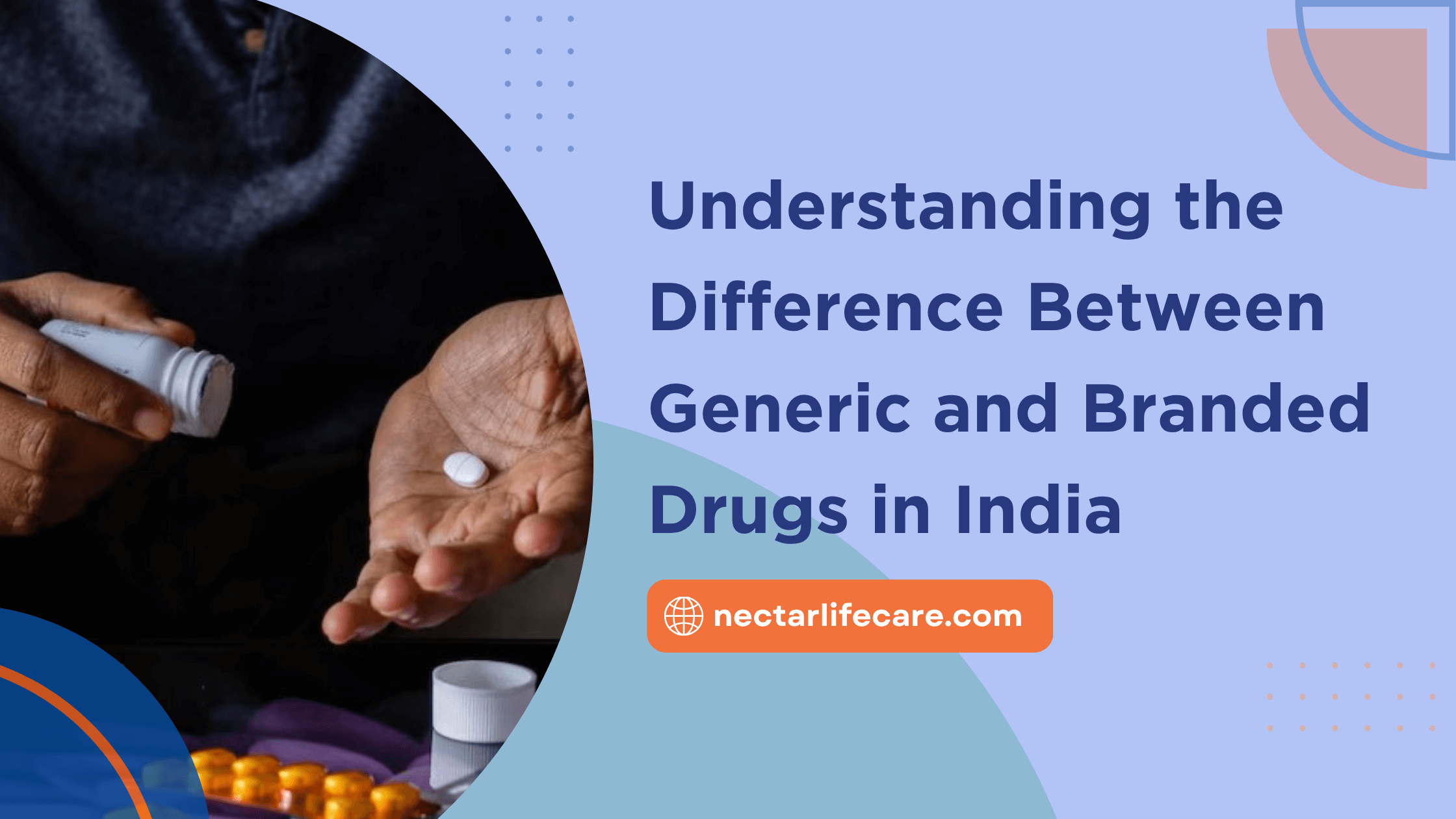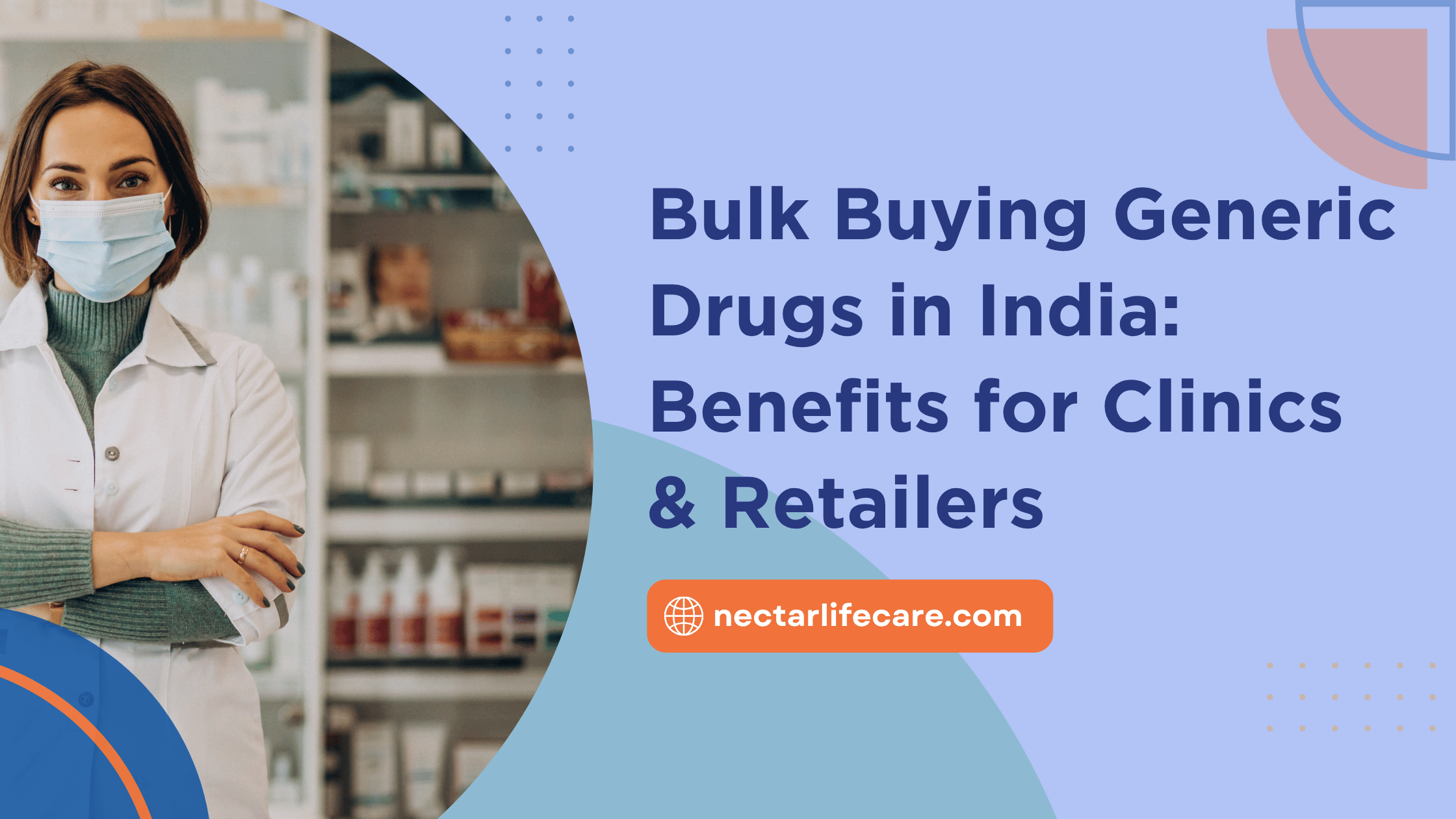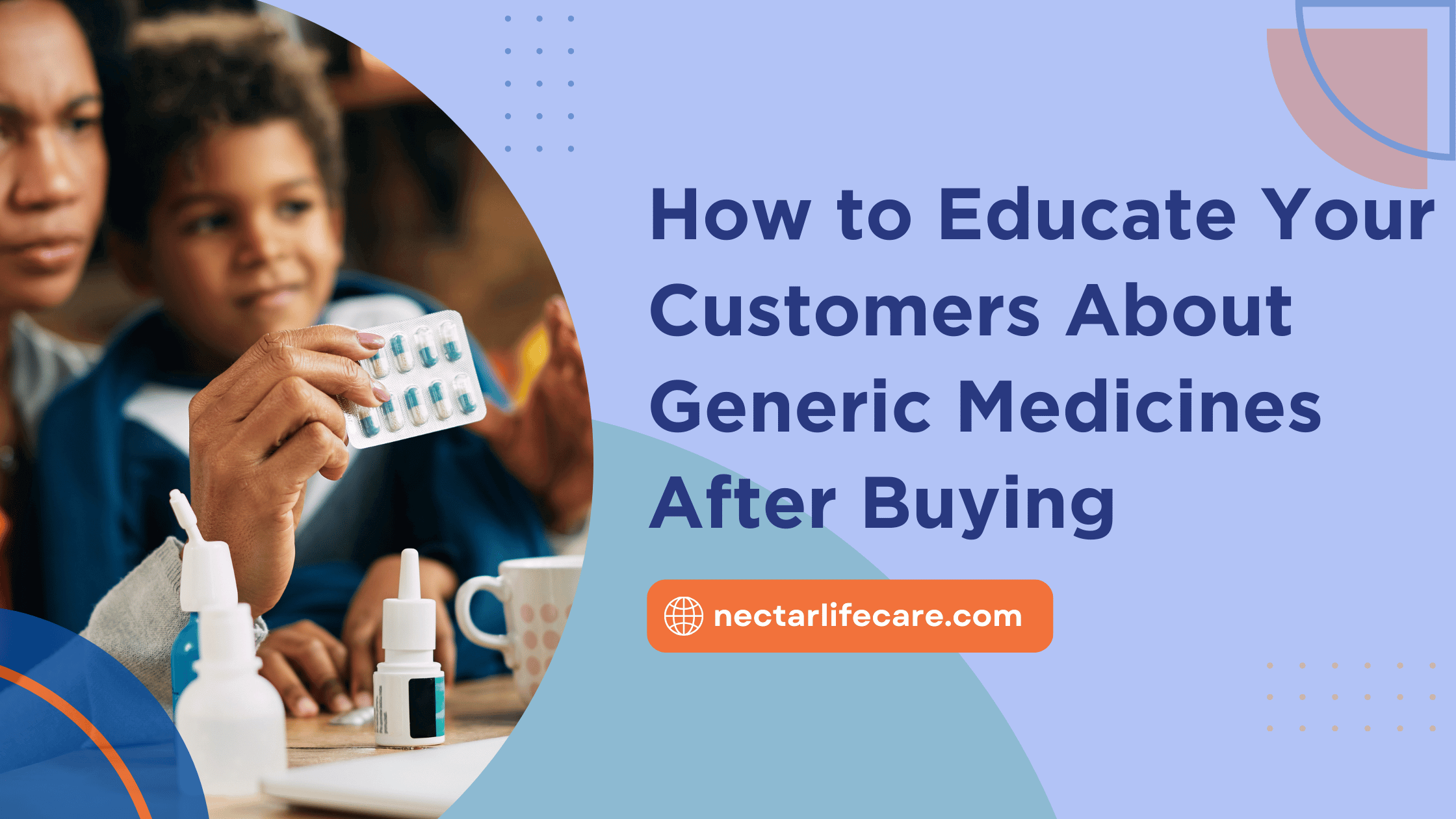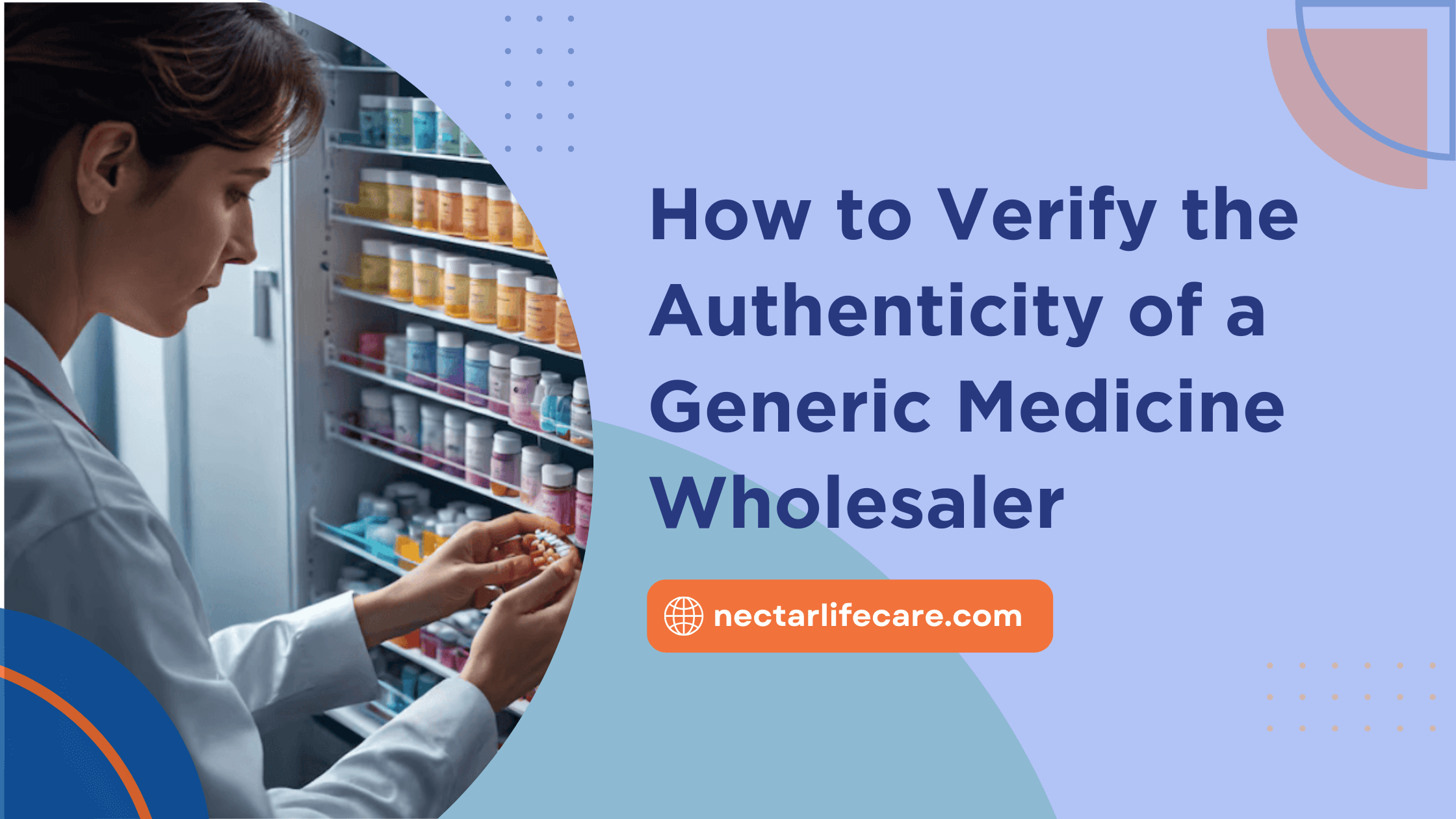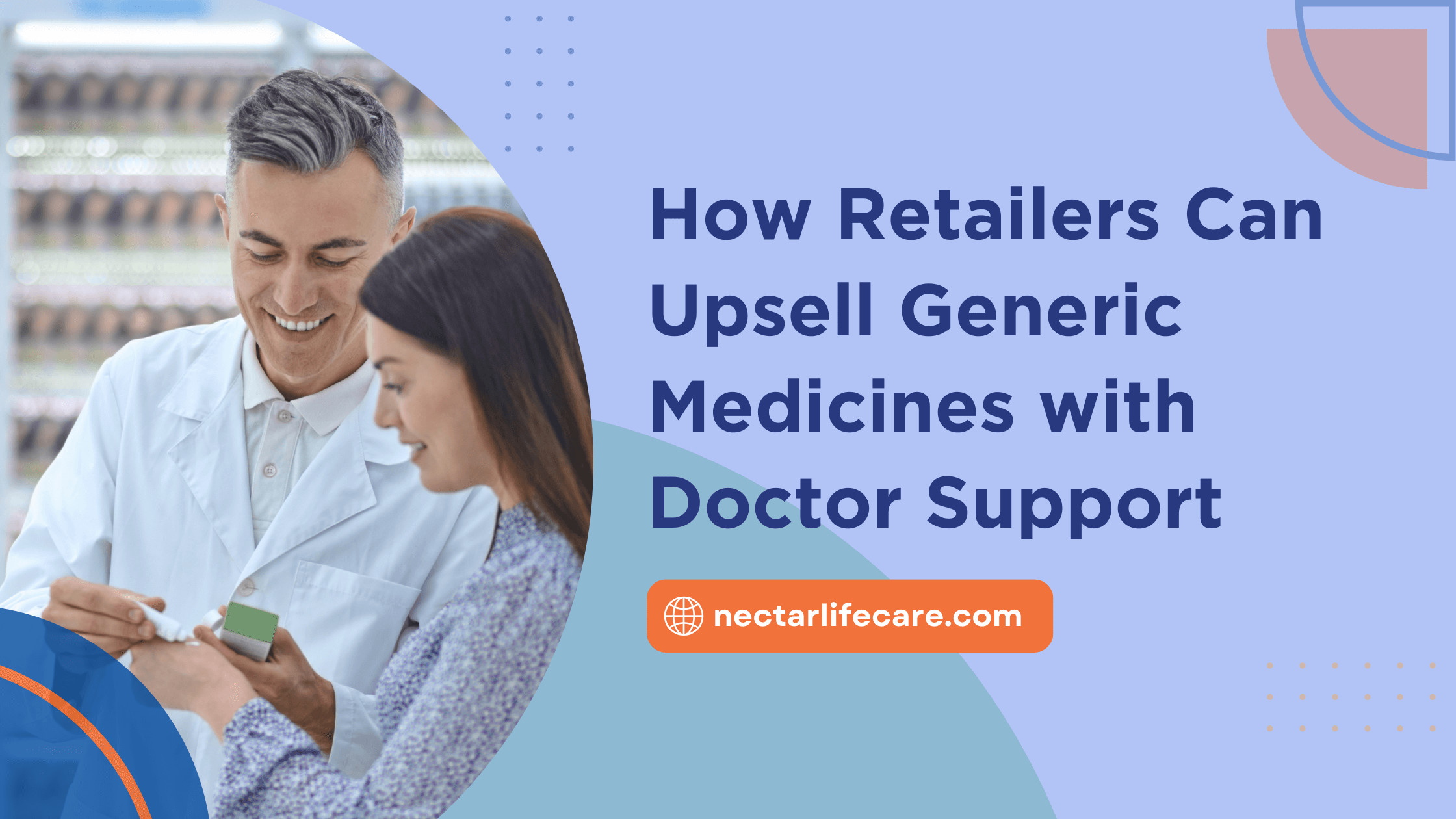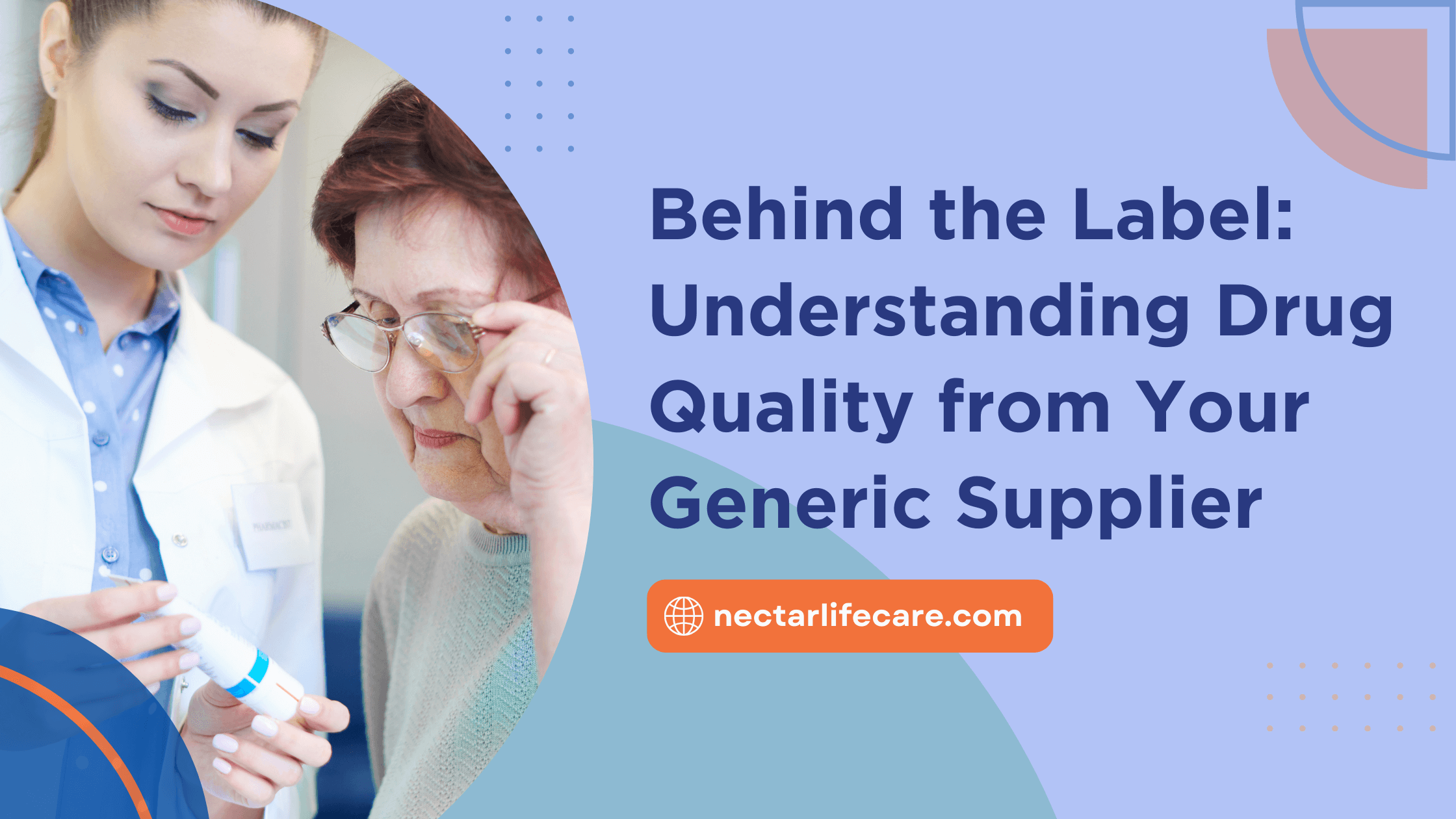Introduction
In the diverse landscape of India’s pharmaceutical market, understanding the difference between generic and branded drugs is crucial for making informed healthcare decisions. While both types of medications serve the same purpose, they differ in aspects like cost, appearance, and marketing. This guide aims to demystify these differences, helping you choose the right medication for your needs. In India, where companies like top-rated generic pharma companies in Gujarat are making healthcare more accessible, it’s important to understand the role each medicine type plays.
What Are Branded Drugs?
Branded drugs are original medications developed by pharmaceutical companies after extensive research and clinical trials. These drugs are patented, allowing the company exclusive rights to manufacture and sell them for a certain period.
Key Characteristics:
- Innovation: Result of significant research and development.
- Patent Protection: Exclusive manufacturing rights for a specific duration.
- Higher Cost: Includes expenses for R&D, marketing, and branding.
- Brand Recognition: Marketed under a specific brand name.
Example: Glucophage is a branded drug for diabetes management.
What Are Generic Drugs?
Generic drugs are equivalents of branded drugs, containing the same active ingredients, dosage, and efficacy. They are introduced to the market after the patent of the branded drug expires.
Key Characteristics:
- Cost-Effective: Generally priced 80-85% lower than branded counterparts.
- Bioequivalent: Must demonstrate the same therapeutic effect as branded drugs.
- Regulatory Approval: Subject to stringent quality and safety standards.
- Less Marketing: Minimal promotional activities, leading to lower costs.
Example: Metformin is the generic version of Glucophage.
Comparative Analysis: Generic vs. Branded Drugs
| Aspect | Branded Drugs | Generic Drugs |
| Development | Original research and clinical trials | Based on existing branded formulations |
| Cost | Higher due to R&D and marketing | Lower due to reduced development costs |
| Patent Protection | Yes, for a specific period | No, introduced post-patent expiry |
| Efficacy | Proven through clinical trials | Must demonstrate bioequivalence |
| Appearance | Distinctive branding and packaging | May differ in color and shape |
| Availability | Widely available in pharmacies | Increasing presence in the market |
Regulatory Oversight in India
In India, the Central Drugs Standard Control Organization (CDSCO) oversees the approval and regulation of both branded and generic drugs. Generic drugs must meet rigorous standards to ensure they are as safe and effective as their branded counterparts.
Key Regulatory Aspects:
- Bioequivalence Studies: To confirm therapeutic equivalence.
- Good Manufacturing Practices (GMP): Compliance with quality standards.
- Post-Market Surveillance: Monitoring for adverse effects and efficacy.
Cost Implications for Consumers
One of the most significant differences lies in the cost. Generic drugs are substantially cheaper, making healthcare more accessible to a broader population. That’s one reason why companies like Nectar Lifecare, recognized among the best generic pharmaceutical companies, are leading the way in affordable medicine manufacturing.
Statistics:
- Generic drugs can cost 80-85% less than branded versions.
- Increased use of generics can lead to significant savings in healthcare expenditure.
Public Perception and Trust
Despite the cost benefits, some consumers harbor skepticism towards generic drugs, questioning their efficacy and safety. However, studies and regulatory standards affirm that approved generic drugs are as effective and safe as branded ones.
Addressing Misconceptions:
- Efficacy: Generic drugs must prove bioequivalence.
- Safety: Subject to the same regulatory scrutiny as branded drugs.
- Quality: Manufactured under stringent quality control measures.
Choosing Between Generic and Branded Drugs
Considerations:
- Consult Healthcare Providers: Always seek professional advice before switching medications.
- Assess Financial Implications: Generic drugs offer a cost-effective alternative without compromising quality.
- Availability: Check the availability of generic versions for prescribed medications.
India’s Role in Generic Drug Manufacturing
India is a global leader in generic drug production, supplying affordable medications worldwide. The country’s pharmaceutical ecosystem supports growth through innovation, compliance, and scale. Gujarat, in particular, is home to several reputed manufacturers, including the leading generic pharma companies in Gujarat that export globally.
Conclusion
Understanding the difference between generic and branded drugs empowers consumers to make informed choices, balancing cost and efficacy. With stringent regulations ensuring safety and effectiveness, generic drugs present a viable alternative for many, contributing to more accessible healthcare solutions.
FAQs
Q1: Are generic drugs as effective as branded drugs?
A: Yes, generic drugs must demonstrate bioequivalence, ensuring they have the same therapeutic effect as branded drugs.
Q2: Why are generic drugs cheaper than branded ones?
A: Generic manufacturers save on research, development, and marketing costs, allowing them to price their products lower.
Q3: Do generic drugs have the same side effects as branded drugs?
A: Yes, since they contain the same active ingredients, the side effect profiles are generally similar.
Q4: Can I request a generic version of my prescribed medication?
A: Yes, consult your healthcare provider or pharmacist about available generic alternatives.
Q5: Are all medications available in generic form?
A: Not all. Generic versions are available only after the patent of the branded drug expires.

